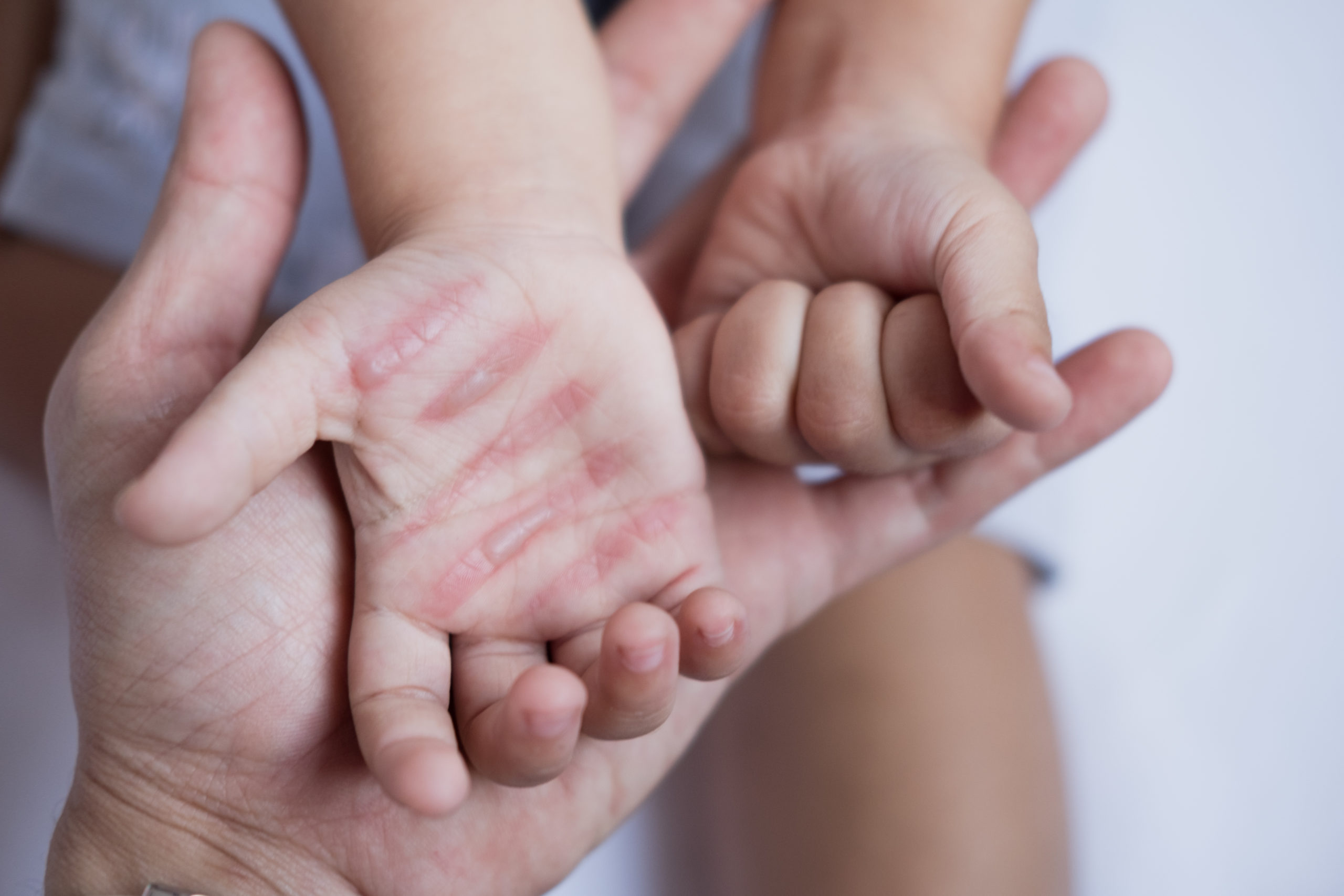A first-degree burn (e.g., sunburn) is considered the least serious type of burn, as it only injures the top layer of skin and typically heals within a few days. Second-degree burns are more serious because the damage extends beyond the top layer of skin.
Anyone who sustains a second-degree burn will have sore, red and blistered skin. As a result, the affected area is very delicate, so it’s important to keep it clean and bandaged to prevent infection. This will also help the burn heal more quickly.
You may be able to treat small second-degree burns safely at home, however, burns that are larger than the palm of your hand or located on the face, hands, feet or genitals require immediate medical attention to avoid complications.
How to treat a second-degree burn fast
To treat a second-degree burn fast and start the healing process, first-aid must be used as soon as possible. These tips will help limit the amount of damage done to the skin:
- Move to a safe place, away from the source of the burn
Make sure you or the person who has been burnt is safe and out of harm’s way. This is especially important for electrical burns. If possible, turn off the power source, and if not, move the injured person away from the source with something that does not conduct electricity, like plastic or wood. - Remove any clothing or jewelry that is near the burn site
Clothes and jewelry near the burn site can retain heat and increase the severity of the injury, so it’s important to remove all of these items as soon as possible. Do not remove any clothing, jewelry or other items that are stuck to the burn, as this will cause more damage to the skin. - Cool the burn with cool or lukewarm water
Burns should not be treated with ice or ice water, as this can further damage the affected tissue. Butter, creams and gels should also be avoided, as this may further damage your tissue and increase your risk of infection. To help your burn heal faster and lessen the severity of the tissue damage, place the affected area under running tap water that is cool or lukewarm for 20 minutes. - Keep yourself or the injured person warm
Wrap yourself or the injured person in a warm blanket or extra layers of clothing, being careful not to put anything directly on the affected area. This will help prevent hypothermia (body temperature below 95 degrees Fahrenheit), which is a risk when you are cooling a large area. Infants, young children and elderly people have a higher risk of hypothermia when treating a burn with cool water, so it’s important to remember this step. - Wrap the burn area in a clean, plastic covering
Once the burn is cooled, wrap the area in cling wrap or a plastic bag. This will help keep the burnt area moist and clean. Applying some type of plastic wrap over superficial exposed nerve endings will also help reduce a lot of the stinging pain associated with burns. Also, if you notice any blisters beginning to form, do not break them, as this can cause further tissue damage, infection and scarring.
If you or a loved one has sustained a second-degree burn that is larger than the size of your palm, it’s important to get urgent medical care to avoid complications. For safe, fast and effective burn treatment, visit Oxford Urgent Care. We are available 7 days a week from 8 a.m. – 7 p.m.

